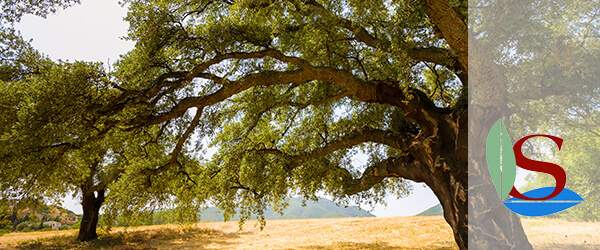Senorbì with its low houses, separated by narrow streets is considered the capital of Texenda, a hilly area located in the North of province of Cagliari.

Senorbì is considered the capital of Trexenda, a hilly area located in the Cagliari province's northern part. The country's urban structure is formed by low houses separated by narrow streets that weave throughout the city centre.
The Senorbì's best period was the nineteenth century, a period which are clearly visible some villas of great architectural importance, located in the historical centre and in the surrounding countryside, always dating from the same period, many rural homes, very well preserved, structured and organized according to the typical Trexenda forms .
Worth visiting the old town with the Santa Barbara's parish church, the Santa Mariedda's church, San Sebastian's church and the Archaeological Museum, while a few kilometers from the village you can visit the Punic necropolis Monte Luna, from where come inestimable value finds, including some female jewelry, exposed to the National Archaeological Museum of Cagliari.
The area is heavily devoted to agriculture and viticulture. For this reason, in the second half of the last century, a winemakers group have teamed up to give life to the cooperative Trexenda, which has received numerous international awards since the first years of activity.
At first vineyards were only Nuragus and Monica; after were inserted Vermentino, Cannonau, Chardonnay, Montepulciano and Carignano, with a total area of 350 hectares.
The company can now count on a production of about 1,000,000 bottles per year destined not only to the local and national market.
Among the most valuable wanery's labels , Tanca Sarda in the variety Monica, Cannonau, Vermentino and Nuragus, the Simieri, a Moscato di Cagliari DOC, the sweet sparkling wine Gocce d'Uva and marc distillates as Abbardente and Sue Eccellenza.
The Cantina Trexenda is located in Senorbì, Via Piemonte, 40
From Senorbì we move to the east coast, in Villaputzu, on the Surrabus hills foot in a floodplain located along the Flumendosa river's banks.
The first human settlements in this area have ancient origins, as you can see from numerous finds located in the area, among which the Domus de Janas in Torre Murtas, various stone houses and the Phoenician city Sarcapos remains, dating back to 600 BC, an important trade settlement favored by the proximity to the sea and then to routes to Etruria. Later under the Roman domination it has become so important as to be included in the Itinerarium Antonini.
The Villaputzu's urban layout , made up of narrow streets, dissolves around the main square which is surrounded by the traditional stone dwellings and the parish church dedicated to St. Catherine of Alexandria, built in the late '600 and early '700.
In the village, you can also visit the 1737's oratory and the Santa Brigida's Church.
Not far from the centre, in the Quirra village, you can admire the homonymous castle's ruins on the top of the hill and, a little further down, St. Nicholas di Quirra, a small Romanesque church, built in red brick, with a single nave ending in a semicircular apse. Not far from the village there are also Gibas and S'acqua Arrubia's mines.
The water abundance in the area, the rich and varied vegetation that comes and pristine location in the mountains Sette Fratelli and the sea are the elements that combine to make this resort particularly suitable for the honey production.
The Apicoltura fratelli Anedda, which has its headquarters in Porto Corallo in the municipally of Villaputzu, produces this precious nectar in harmony with the surrounding nature. Among the company's products, in addition to classic Cardoon Honey, eucalyptus, acacia and orange produce those typical of asphodel arbutus, bitter, in addition to all other honey derivatives.
Apicoltura Fratelli Anedda is located in Via S. Pellico, 8 in Porto Corallo.
From Villaputzu, moving a few miles, you come to Muravera, country of origin and medieval landmark in the Surrabus area.
Inside the old town is very interesting the San Nicola's Church from the Gothic-Catalan period, but that over the years has undergone several changes. The plant has a single nave building, on which laterally open some chapels dating back to the original structure in late Gothic style.
Near the village are the megalithic complexes, including that of Piscina Rei and those of Cuili Piras, with their menhirs.
Along the coast there are the Spanish origin towers, Capo Ferrato, Torre Saline and Dieci Cavalli for centuries a bulwark of defense against pirate raids.
Muravera is also famous for its citrus groves, to which in April, is dedicated a festival.
Muravera is so famous for its citrus groves in the area, but also for the products derived from them; and not only.
The company, born in the 80s by the passion that binds two friends, today is a major company.
It made his debut with the Myrtle production, famous liqueur typical of the island, which, however, differs from the others for the use of honey in its preparation. Today, the company also produces citrus marmalades and jams, jams with myrtle, prickly pears and cream, for those who prefer savory foods, a selection of salts flavored with the essences of the territory as rosemary, myrtle, citrus, lemon and fennel.
The company is located in Cann'e Frau in Muravera.